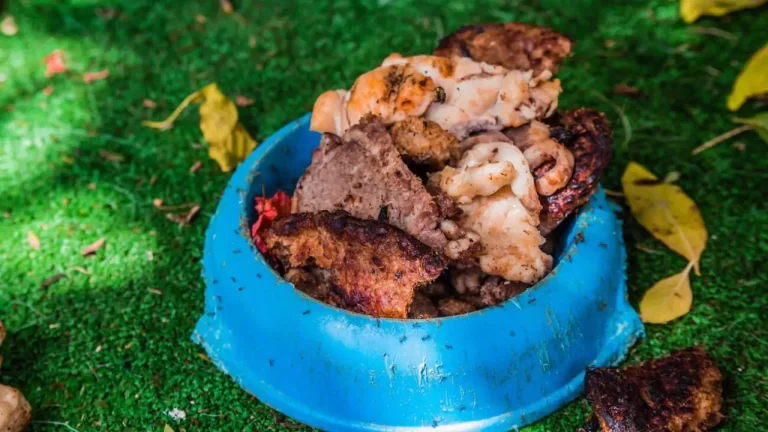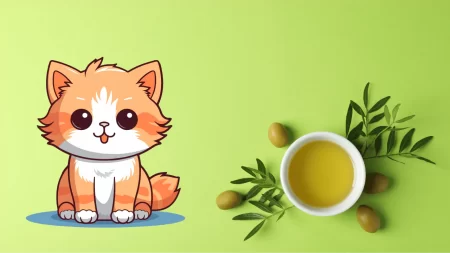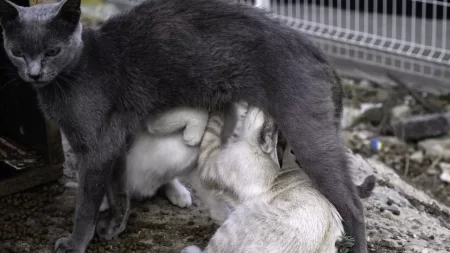Ants can be a pesky problem for pet owners. If ants invade your cat’s food, it can be annoying for you and unhealthy for your cat.
The good news is there are effective ways to deter ants from getting into your cat’s food. With some simple tips, you can keep ants out of the cat food bowl and protect your cat’s meals.
Ways to Keep Ants Out of the Cat Food Bowl
Store the food in airtight containers. Keeping your cat’s dry food in a tightly sealed plastic, glass, or metal container will prevent ants from getting inside. Make sure the lid fits snugly and doesn’t allow any gaps for ants to sneak through. This deprives ants of the scent trail they follow to food sources.
Keep the feeding area clean and free of crumbs. Immediately wiping up any wet or dry food that spills onto the floor or counter will keep ants away. Sweep and mop the floor around your cat’s feeding station frequently. Ants are very adept at finding even tiny morsels of food.
Create a moat around the bowl with water. Place the food bowl in a shallow dish of water, which acts as a moat to keep ants from crossing. The water barrier blocks their access to the food. Just a thin layer of water is enough to deter most ant species.
Use natural ant repellents, such as vinegar or lemon juice. Wiping down surfaces around your cat’s food with vinegar or spraying lemon juice extract near the feeding area creates scents that deter ants. This method is safe and affordable. Reapply the repellents frequently for continued effectiveness.
Consider using an ant-proof cat food bowl. Bowls designed with moats, slippery surfaces, or elevated stands can prevent ants from invading your cat’s food. The bowls isolate the food and keep the ants away without chemicals or pesticides.
Why Ants are Attracted to Cat Food?
Ants are drawn to cat food for a couple of reasons. First, the smell and taste of the food appeal to ants’ foraging instincts. Cat food contains proteins and fats that ants find irresistible. Dry kibble and canned cat food both produce odors that attract ants from long distances.
Second, ants follow scent trails left by crumbs or spills from the cat’s food. Even tiny bits of kibble or leftover wet food on the floor or countertop create a path for ants to find the main food source. Once they discover your cat’s food, ants will return in droves.
The Dangers of Ants in Cat Food
Ants in your cat’s food can cause a couple of problems. The most obvious issue is that the food becomes contaminated. Ants can transmit bacteria and diseases, so their presence turns the food into an unsafe, unsanitary meal for your cat.
In addition, some ant species will bite or sting, posing a health risk to your cat. Ant bites release formic acid which can irritate your cat’s skin, eyes, and mouth. Ingesting ants from eating contaminated food could cause an allergic reaction in some cats as well.
The bottom line is that keeping ants out of your cat’s food is critical for both your cat’s health and comfort. Following these tips can help you protect your cat’s meals. With some diligence about cleaning, storage, and monitoring your cat’s feeding area, you can stay one step ahead of ants that try to sneak into your cat’s bowl.







